Throughout the 1980’s, 1990’s and still well into the 2000’s an epidemic was sweeping through the United States killing individuals from California to North Carolina. Obviously, this is a serious plague on American’s health, and the medical community has duly noted its existence and tried to find solutions. However, no one is discussing the true ramifications or remedies. This plague of our lifetime is not a virus or bacteria; it is high blood pressure. High blood pressure is a silent, sneaking health condition that, despite medications and doctor’s recommendations, leads to deaths in the United States every year.
The accurate medical term for high blood pressure is hypertension [2]. It is a condition that becomes increasingly worrisome as people age, and is much more likely to affect adults over 65 than any other age group. Other health conditions also increase the chances that you may develop high blood pressure. However, before diving into the history of hypertension and future actions individuals can take to remedy it, it is essential to answer a few questions about hypertension and other blood pressure issues.
What Is Blood Pressure?
One of the first questions that must to be answered is what is blood pressure? In very simple terms, blood pressure is the amount of pressure in the arteries as the heart pumps blood throughout the body. In other words, blood pressure is how much blood is passing through the arteries and the amount of resistance against this movement [3]. Therefore, the amount of blood moved through the body, the size and diameter of the arteries, and strength of the heart can all affect blood pressure.
However, many people associate blood pressure with the reading received at a doctor’s office and the wide, black cuff that exerts a soft grip on their upper arm. Doctors and scientists express a blood pressure reading in millimeters of mercury. When written it appears as mm Hg. The numbers refer to the number of columns that mercury rises to produce the appearance and cessation of sounds as blood moves through the arteries [4].
To determine blood pressure, doctors take two different readings. The first is systolic pressure, the highest point of an individual’s blood pressure and made by the pulsation of blood through the arteries. The second number is the diastolic pressure, which is the lowest point of an individual’s blood pressure and determined when there is a disappearance of sound of blood flow [4]. The disappearance of sound indicates the baseline of an individual’s blood pressure as it indicates the lowest amount of pressure in the arteries.
A healthy adult human being should have a systolic pressure and diastolic pressure of 120/80 [5]. Many people will describe these readings in terms of points, therefore it would be 120 points over 80 points, in the case of perfect blood pressure. Of course, this is an ideal number, and many individuals will fall above or below this mark. Movement within a few points of this perfect reading is acceptable on a medical and physical level, but when an individual’s systolic and diastolic pressure climb too high, it becomes an issue.
What Is High Blood Pressure?
Second, it is essential for people to understand what is hypertension. High blood pressure or hypertension occurs when the pressure in the arteries is too high. The pressure reaches levels that are unhealthy and could cause other health complications [3]. However, in many instances hypertension does not present any direct health complications or symptoms, and individuals who do not go for regular doctor visits or checkups can live for years unaware that they have this adverse health condition.
For medical and diagnosis purposes, hypertension is defined by a particular reading of the systolic and diastolic pressure for an individual. Hypertension is diagnosed as a blood pressure reading of 140/90. Today, over 80 million Americans (or 75 million Americans as estimated by the Center for Disease Control [6] have been diagnosed with high blood pressure [7]. It is estimated that high blood pressure affects nearly one billion people worldwide. That makes it more than an American problem; it is a global health crisis to which few average people are paying attention.
Ref:
[1] http://hyper.ahajournals.org/content/58/4/522[1] http://hyper.ahajournals.org/content/58/4/522[2] http://www.wakehealth.edu/Research/Hypertension-and-Vascular-Research-Center/Research-Casts-New-Light-on-Hypertension.htm[3] http://www.healthline.com/health/high-blood-pressure-hypertension[4] http://colliersmagazine.com/article/hypertension-history-what-weve-learned-and-why-your-blood-pressure-matters[5] https://yogainternational.com/article/view/5-poses-to-reduce-hypertension[6] https://www.cdc.gov/bloodpressure/facts.htm 7]
http://www.heart.org/HEARTORG/Conditions/HighBloodPressure/AboutHighBloodPres sure/Myths-About-High-Blood-Pressure_UCM_430836_Article.jsp#.WMDdoRKGM_M

